Future-proofing and adapting cities and ensuring they are being better sustainably prepared for a challenging environmental future have been hot topics of late, as the Eurocham Tall Building Forum 2024, the Asia Infrastructure Forum (AIF) 2024, and the World Cities Summit (WCS) 2024 all took place over recent weeks exploring a range of issues contemporary cities are facing.
Cambodia Tall Building Forum 2024 - What Is The Shape of Cambodia’s Cities Of The Future
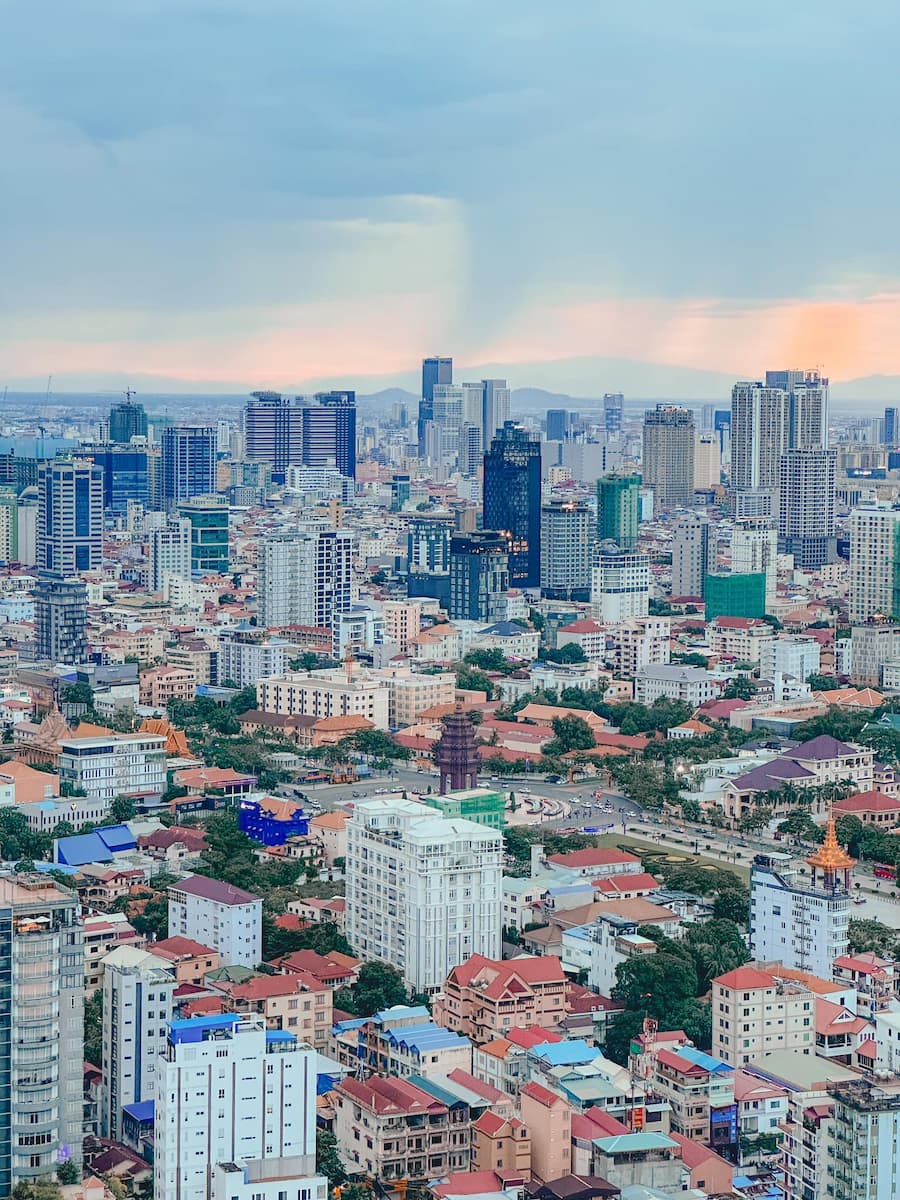
EuroCham's Real Estate and Construction Committee, in partnership with EuroCham Vietnam’s Construction Committee, hosted the third Tall Building Forum which focussed on the future of high-rise developments in Cambodia.
The forum emphasised the need for a balance between quality, sustainability, and community needs in the backdrop to an estimated 70 per cent of the global population living in urban areas by 2050, and certainly in the Kingdom we can see the growth in urbanisation.
The speakers also delved into some of the tools such as the emerging technology trends in the sector (better pre-fabrication builds, cutting-edge wind-resistant technology, innovations in lifts and green roof spaces) that can address the issues with a focus on sustainability and affordable housing.
Speakers included His Excellency Say Samal, Deputy Prime Minister and Minister of Land Management, Urban Planning and Construction in Cambodia, as well as Vannak Seng (Chief of Administration at Phnom Penh Capital Hall), Lawrence Lennon (outgoing CBRE Managing Director), Serge Pak (Beton Block and Pave CEO), and Mohammed Adib (Chief Design Officer at Dewan Architects & Engineers).
They discussed the evolving landscape in the local context and the key themes included the importance of quality schools and green spaces in city developments, the importance of expertise in design and construction, a need for affordable housing and university opportunities, high-rise developments needing to balance land consumption with green spaces and recreational areas.
Say Samal said, “We want a city where everyone can live, they can have their own niche where they can find a decent job, put food on the table and their kids can go to a quality school…Our identity was lost during the Khmer Rouge and we need to build it back ourselves. We stepped out of the foxhole and we’re building a new society, setting new values and creating a new way of life.”
Vannak Seng confirmed that the number of high-rise buildings over 10 stories tall in Phnom Penh now exceeds 1,800 developments.
Sang added that the quick and drastic changes have created challenges for the city to adapt, while high-rise lifestyles are in conflict with traditional Cambodian accommodation. The lack of zoning regulations means that often the areas surrounding tall buildings are not designed for the sudden influx of cars or foot traffic and as a result strain local infrastructure (such as strained drainage and road networks).
On the positive side, Lawrence Lennon talked of the positive opportunities, noting Sihanoukville, where there is mixed-use potential in high-rises and he sees a need for hospitals, education and retirement living as well as affordable housing which is lacking generally in the Kingdom,
Action Items For Cambodia
- Develop affordable housing and university opportunities
- Balance high-rise development with community participation following models such as Marina Bay in Singapore.
- Improve public infrastructure to support growing tall building developments.
Asia Infrastructure Forum (AIF) 2024 - Regional Infrastructure Developments And Sustainable Solutions
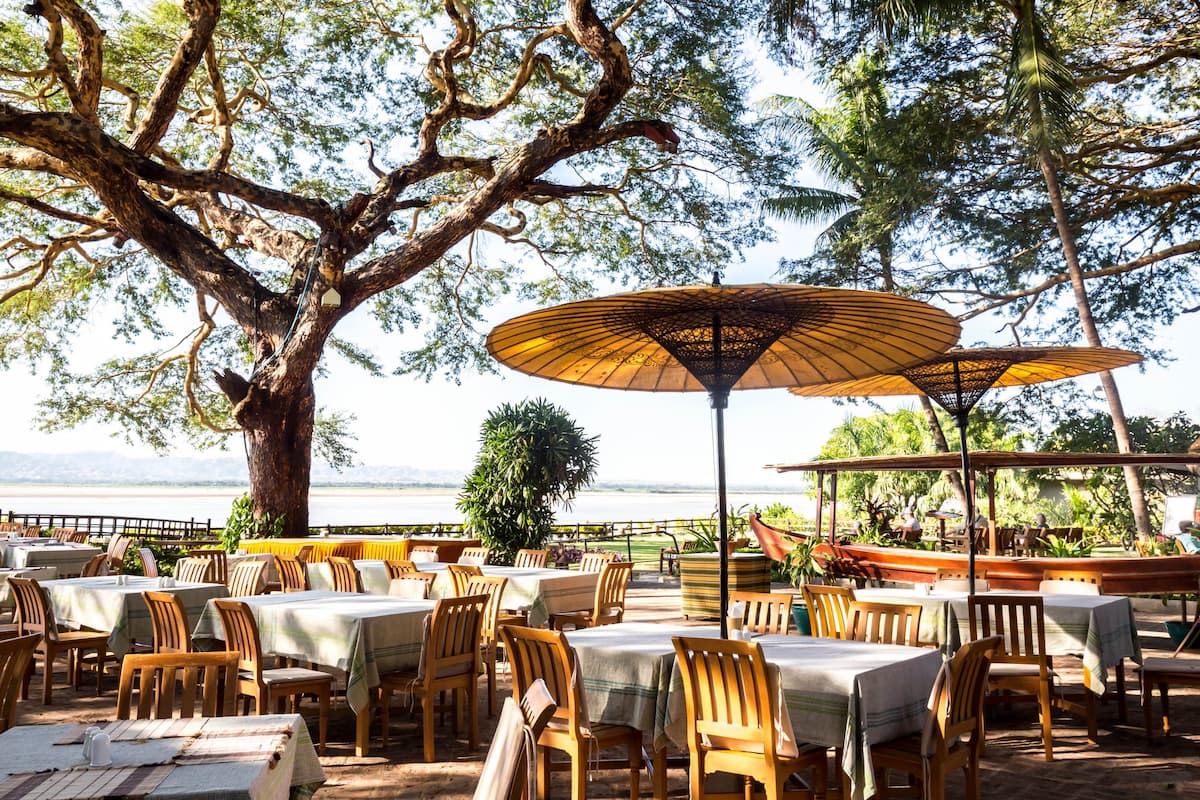
The AIF emphasised sustainable infrastructure in Asia with the theme in 2024 being ‘Sustainable Infrastructure: Transforming Asia’s Journey’.
The conference discussed the need for the construction industry to revolutionise its methods to expedite Asia’s shift towards green initiatives and sustainable infrastructure expansion - which is not a new call to action, but most nations are in line to miss targets in terms of sustainability.
Looking within the region, Indranee Rajah, Minister in the Prime Minister’s Office and second Minister for Finance and National Development of Singapore discussed what they are doing to address these needs and to “accelerate our sustainability efforts and channel resources to climate change mitigation and adaptation.”
The island-state is spending $100 billion Singapore dollars over the next century for new solutions to protect against rising sea levels - with Asia expected to account for two-thirds of global growth in 2024 - new strategies to achieve growth and sustainability are priorities.
Guangzhe Chen, World Bank Vice President for Infrastructure, reiterated that in the region, there are narrowing infrastructure gaps.
At a ministerial panel forum in which Sim Vireak, Undersecretary of State to Cambodia’s Ministry of Economy and Finance, was involved, the panel outlined the prevailing issues regarding infrastructure as well as opportunities to address these deficiencies.
Vireak said, “For Cambodia, we want to become a carbon-neutral country by 2050 and plant 1 million trees per year. In urbanisation, we also take into account the demography, in addition to the climate, due to the increase in the city population. As we are trying to curb floods in the city, we are also working hard to improve our sewage and water pumping systems.”
Group-think seemed to be key, as the panel called for a collective vision which targeted:
- Supply chain challenges.
- Prioritising strategic connectivity.
- Leveraging infrastructure to enhance value through regional collaboration.
The significance of digitalisation and technology at the intersection of sustainable finance and infrastructure development as well as more green initiatives was also highlighted at the Asia Infrastructure Forum.
World Cities Summit (WCS) 2024
Finally, the three-day World Cities Summit (WCS) 2024 was held in Singapore with a core theme of “Liveable and Sustainable Cities: Rejuvenate, Reinvent, Reimagine” as the summit looked at the future of urban development.
This was the 9th edition of the WCS which is organised by the Centre for Liveable Cities (CLC) and the Urban Redevelopment Authority (URA). The discussions were centred on opportunities and strategies to achieve “smart, resilient and regenerative cities both now and in the future.”
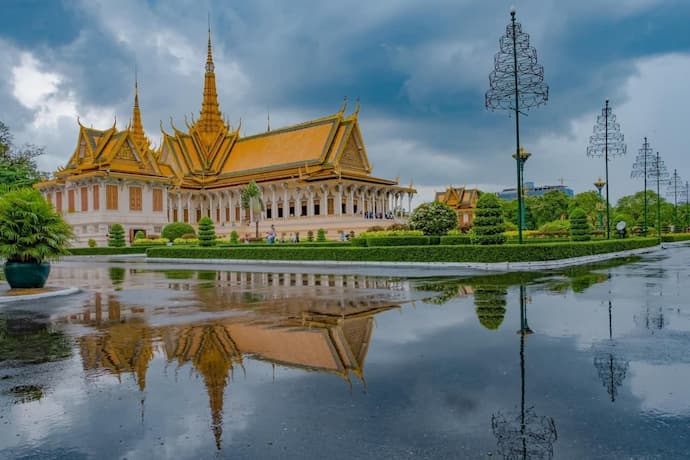
Some of the data presented include:
- In 2000, there were 371 cities worldwide with at least 1 million inhabitants, but by 2030 this number is projected to exceed 700 cities (nearly doubling in just three decades.)
- Estimates are that by the end of this century, the sea level is projected to rise by up to 1.15 metres or more.
- The weather is also expected to become warmer, with annual mean temperatures rising between 0.6 and 5 degrees Celsius by the end of the century.
This means that in the face of more evidence supporting climate change and global warming, more cities worldwide are facing challenges and need to be ready for environmental changes,
Some of the major issues facing cities are fragmented urban landscapes, inadequate public spaces, and the inefficient use of resources, but there are also newer studies looking at the impact of the urban environment on mental well-being.
In Singapore, the Agency for Science, Technology and Research was noted for leading a research project and, Deputy Prime Minister Heng Swee Keat said it was required “To better understand the direct and indirect relationship between our built environment and mental health, the study will examine factors such as urban design features, density (and) human behaviours,”
There was a collective call to renew and energise urban spaces, and one example was in New York which is expanding public spaces and creating more pedestrianised green spaces to transform streets into open public spaces with outdoor dining, retail and bike-friendly features.
Similar plans were announced for parts of Phnom Penh, and these are concepts not alien to Cambodia, but unless they are incorporated into urban planning and lawfully enforced strategies and policies, with the pace of rapid urbanisation in Cambodia’s key cities, they will need to be implemented as soon as possible rather than retroactively to ensure the maximum benefits are achieved.
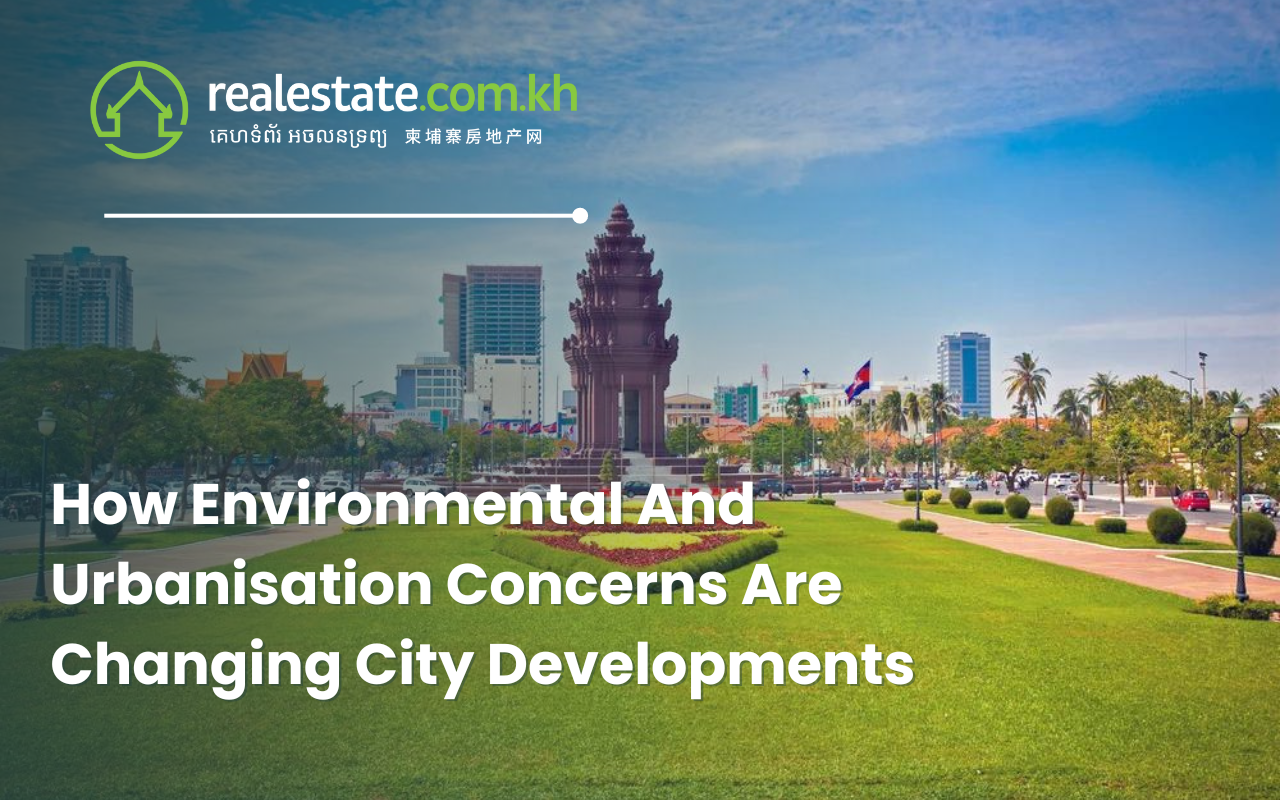

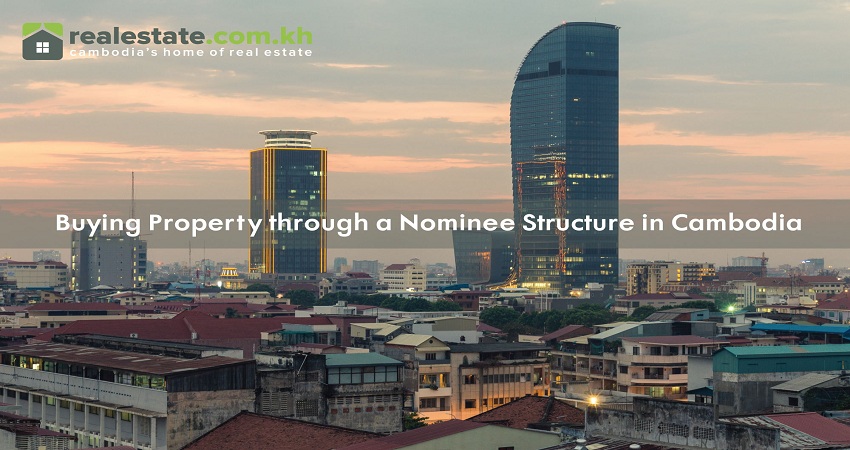
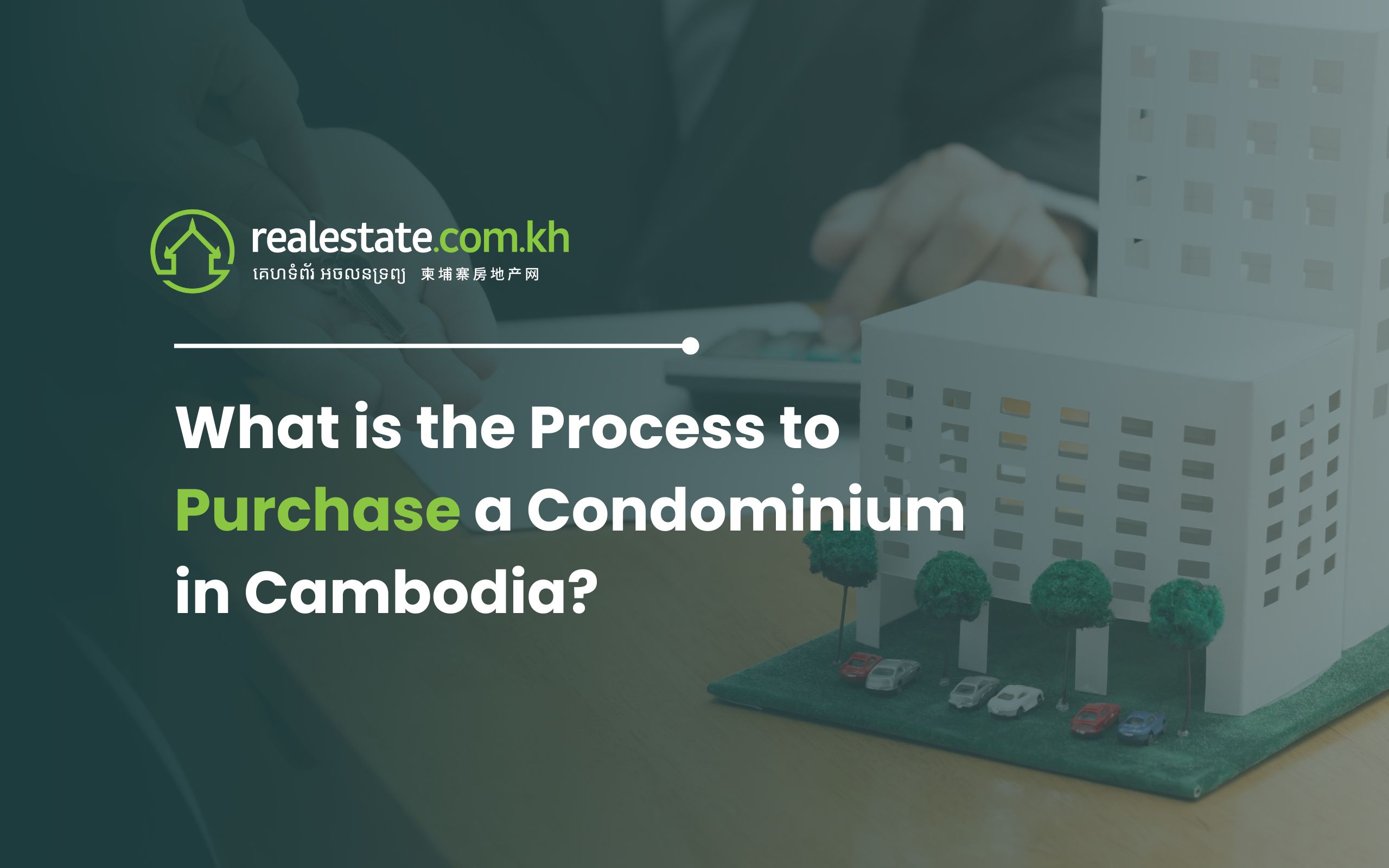
Comments